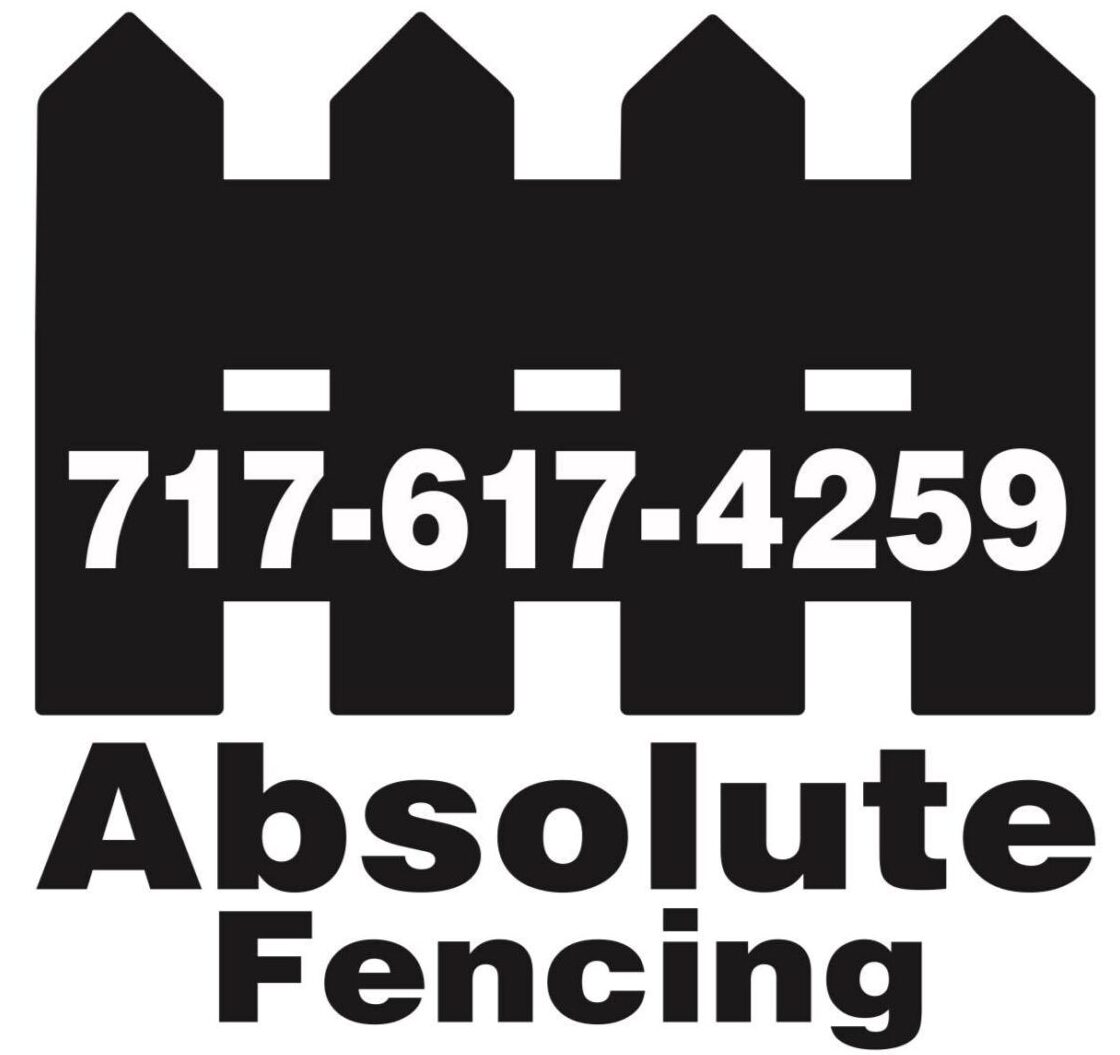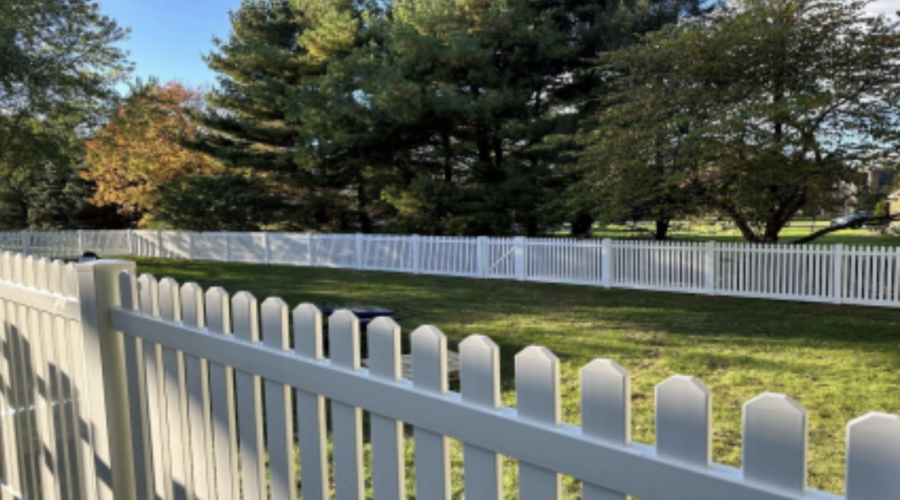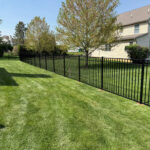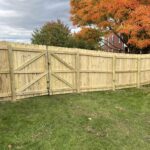General Fence Maintenance
General Fence Maintenance
While regular General Fence Maintenance maintenance won’t totally eliminate the need for repairs in the future, it’ll help to preserve the fence and maintain its longevity.
- Inspect your fence regularly.
- Paint or stain your fence as needed to protect it from the elements.
- Clean regularly with products and methods recommended by manufacturers.
- Be careful when using mowers and string trimmers around fences and posts.
- Avoid letting mulch or soil pile up against the bottom of fence posts and panels.
- Keep hinges, latches and any moving parts well lubricated with grease or oil.
- Mend a fence quickly if only a small portion is damaged. This will protect the structural integrity of the rest of the fence.
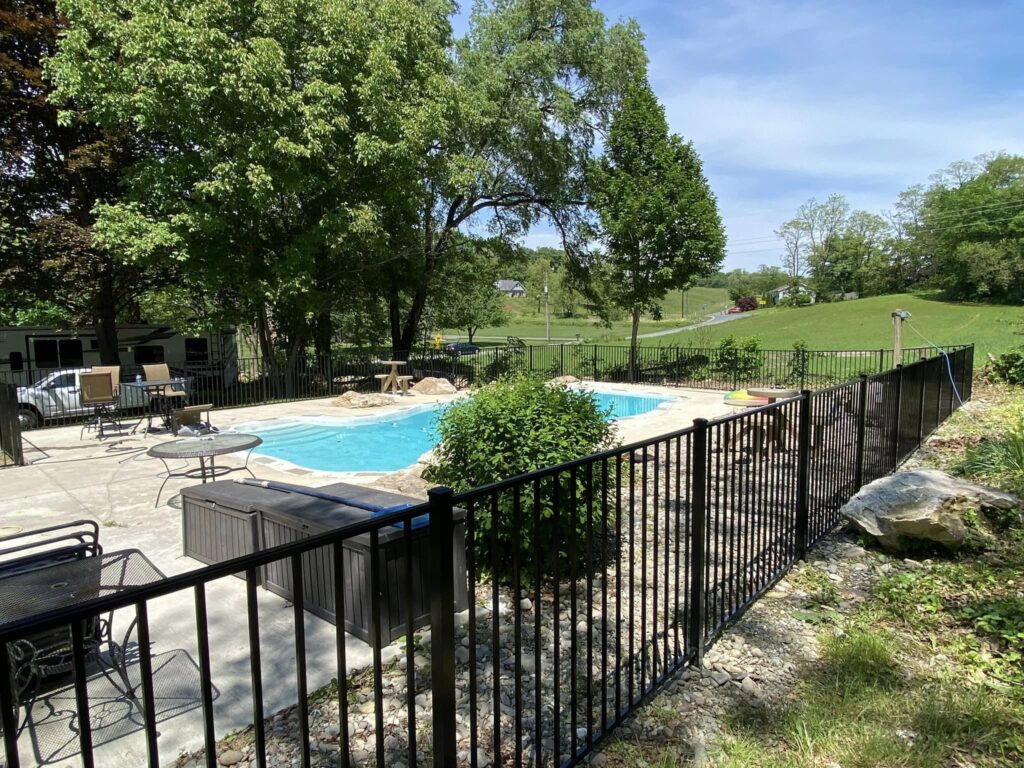
While every property owner has different methods of caring for fence structures, below are a few examples of areas you may want to focus on once you start your spring clean-up process.
1. Remove hanging tree limbs. Parts of trees may have broken under the weight of snow and ice and must be cared for before they fall and cause damage to the fence. This is more applicable for vinyl fencing, but damage can still occur to ornamental fencing depending on any weak spots present and the overall weight being placed on the structure. Be on the look out for any trees within falling distance of the fence and trim back any branches that may cause an issue in the future.
2. Prune surrounding greenery. Any shrubs or plants next to the fence should be groomed and trimmed to allow space for the greenery to grow correctly. The rails should also be cleared of any debris such as acorns, leaves, shells, and twigs as these can cause issues if not removed.
3. Conduct a thorough inspection. Be sure to physically survey the fence regardless of material one to two times a year to check for any potential problems such as areas of weakness, missing caps, broken or bent hardware, signs of rust, and chips, nicks, or scratches. Catching issues early will allow you to resolve them before your fence is damaged further, and the repair cost increases.
4. Wash and Condition. Your fence should be washed one to two times a year, along with applying any necessary conditioning treatments. A gentle cleanser with a soft cloth can be used to remove dust, bugs, and debris from the fence. For more stubborn spots, a soft brush may work more efficiently. A magic eraser can be useful for vinyl fences. Ornamental fences will need a gel-type car wash wax applied after cleaning to provide an added layer of protection against the sun’s UV rays and prevent fading.
5. Rust Maintenance. If working with an ornamental or metal fencing, watch for any rust spots and address any as soon as you find them to avoid any additional damage. Rust spots are an indicator that the bare metal layer of the fence has been exposed to air and moisture. The rust spots can usually be sanded off with sandpaper and need to be wiped down before being painted over.
6. Conduct repairs and schedule professional help. Identify broken pieces and damaged hardware on the fence. Any replacement pieces can be ordered, or compatible hardware can be utilized. Evaluating the situation and being proactive can help get your fence in good condition for the warmer months and minimize stress. Repair issues on your own, order replacement pieces so extras are on hand, and schedule any necessary help with Absolute Fencing.
Mildew Removal
The climates and weather conditions vary across the country, and mildew can be an issue for vinyl fencing. Initially, it will appear as black spots and can be found in areas where rain doesn’t fall. There are many different solutions, both manufactured and homemade, that can be used to minimize the presence of mildew. It’s encouraged to wear gloves and apply the solution you’ve selected carefully as some chemicals are hazardous to the environment and your skin.
Here are a few examples of homemade solutions:
1/3 cup detergent such as Tide
2/3 cup Trisodium Phosphate such as Soilax
1 quart 5% Sodium Hypochlorite such as Clorox
3 quarts water
or for something using fewer chemicals:
1/2 to 1 cup white vinegar
1 to 2 gallons of water
